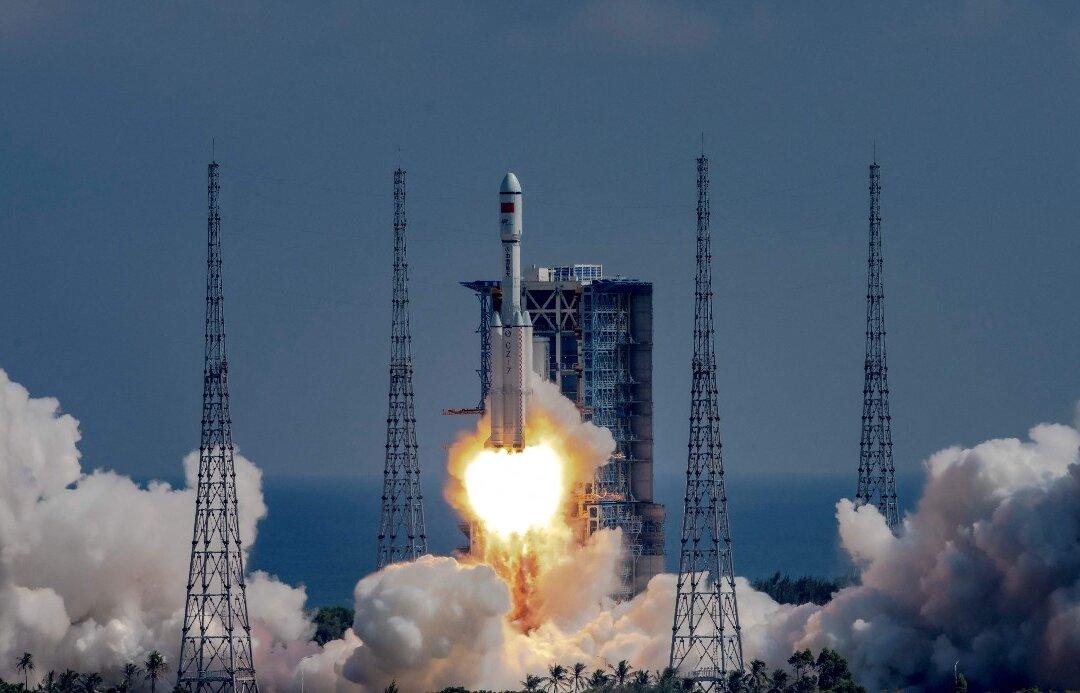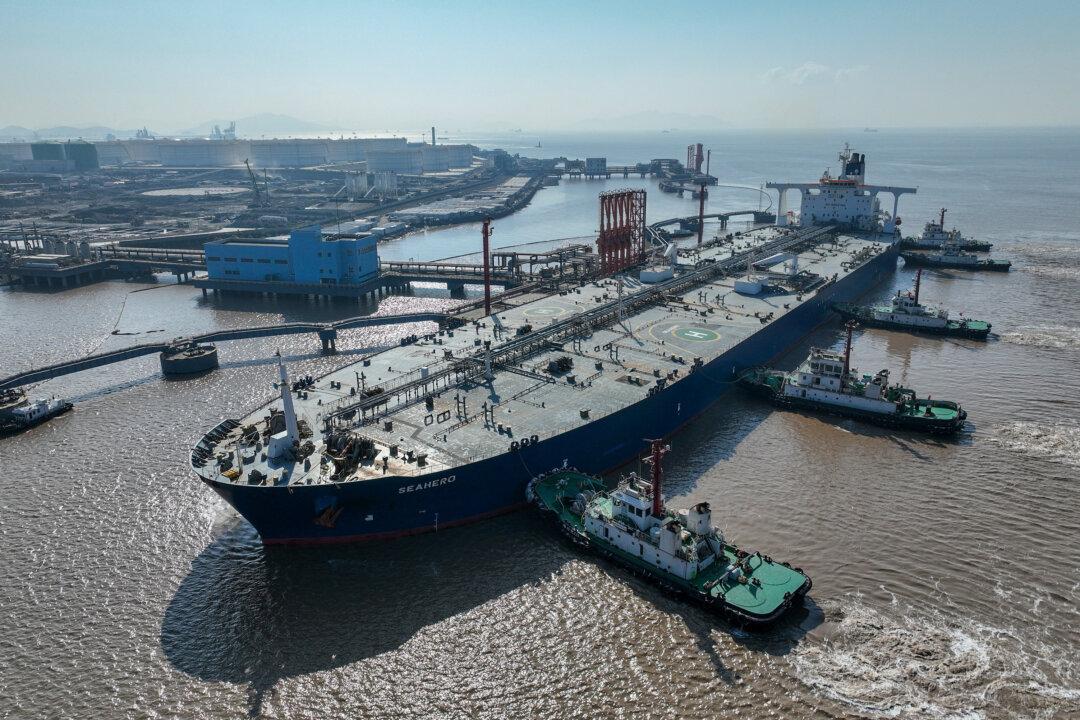China’s communist regime plans to continue its efforts to win the new space race throughout 2022. Thus far, Beijing is on track to achieve at least 40 space launches during the year, including missions to complete its space station, develop a lunar base, and field new satellites.

The BeiDou Satellite Navigation System at an exhibition marking the 40th anniversary of China's reform and opening up at the National Museum of China in Beijing on Feb. 27, 2019. WANG ZHAO/AFP via Getty Images
Andrew Thornebrooke
National Security Correspondent
|Updated:
Andrew Thornebrooke is a former national security correspondent for The Epoch Times covering China-related issues with a focus on defense, military affairs, and national security. He holds a master's in military history from Norwich University.
Author’s Selected Articles



